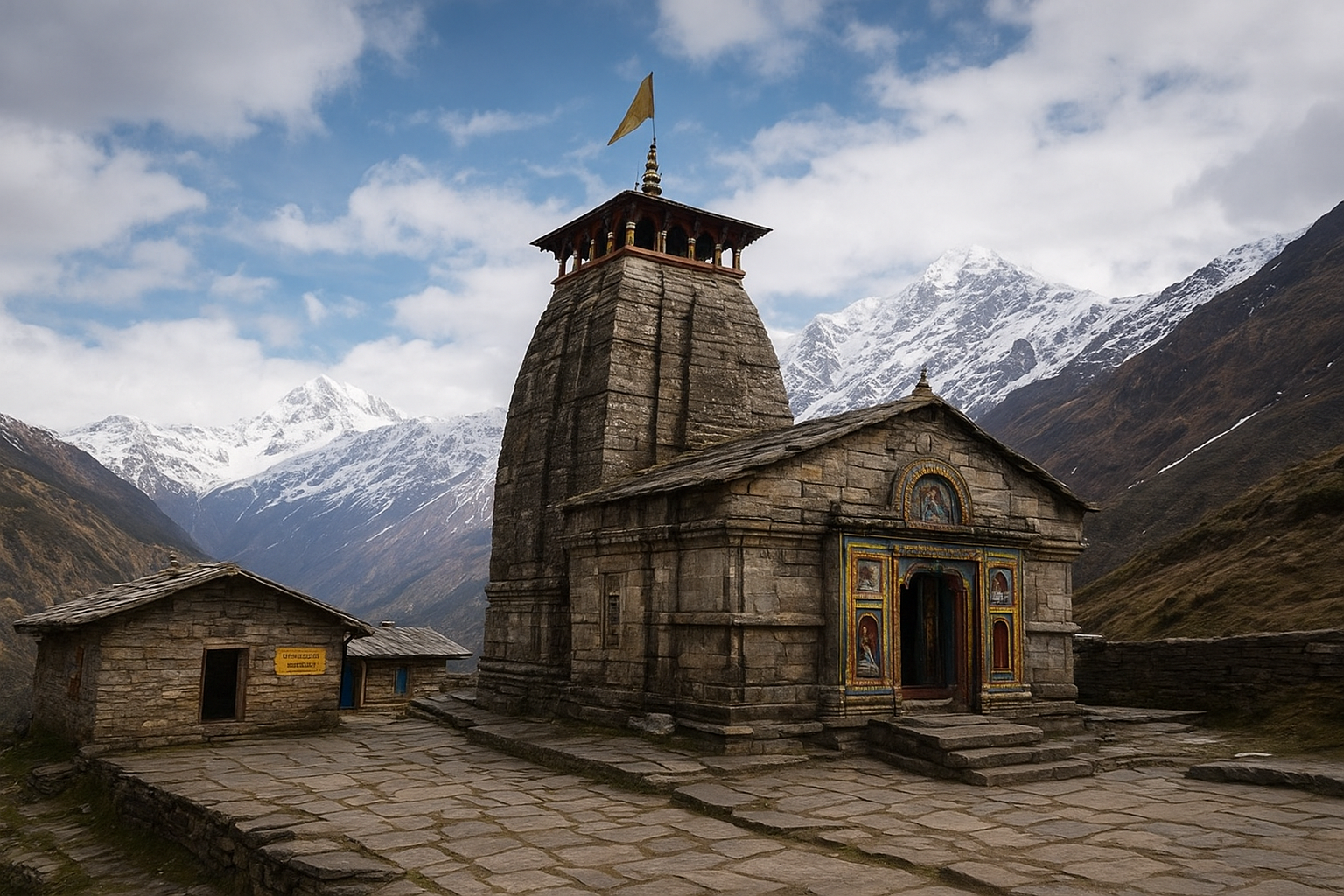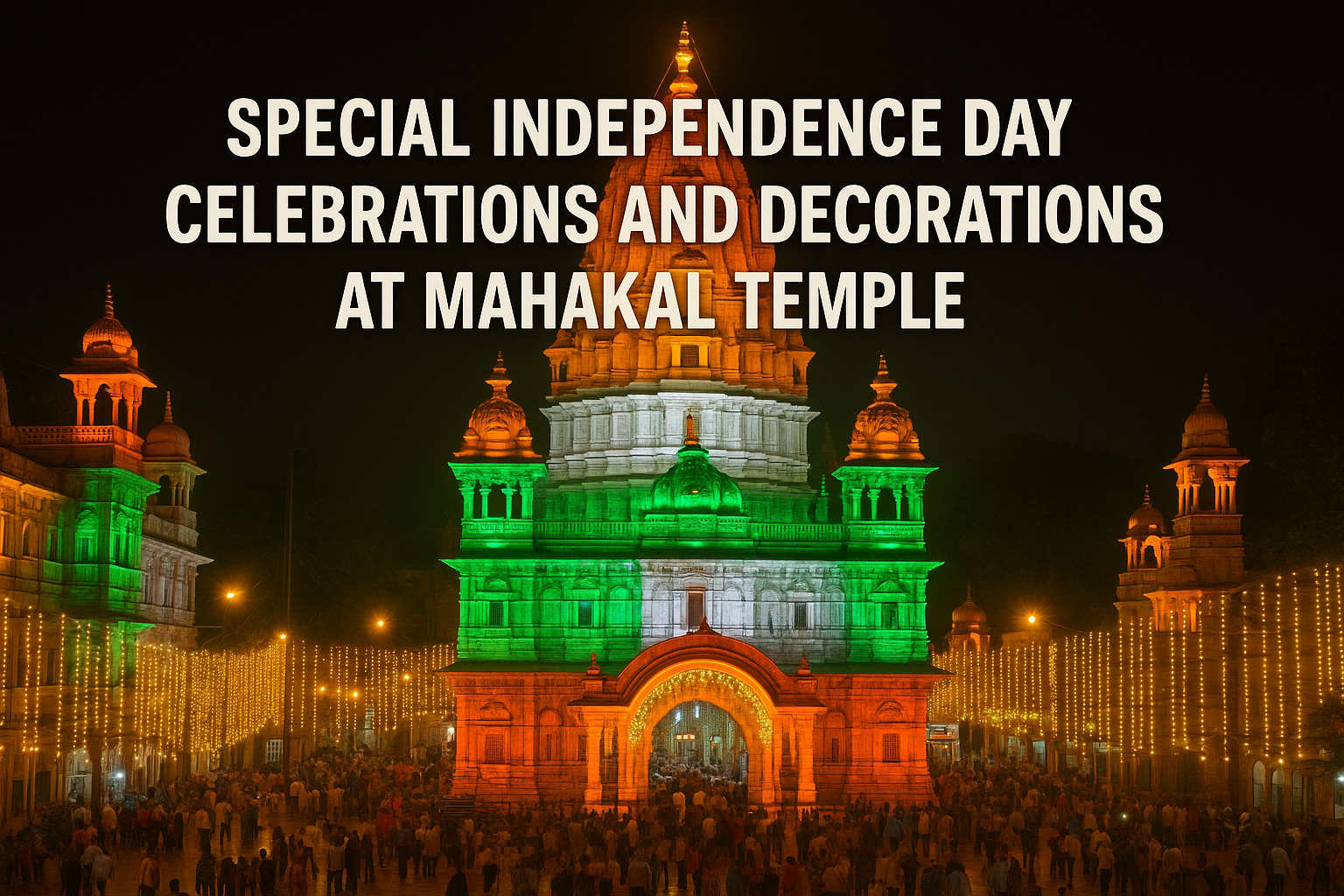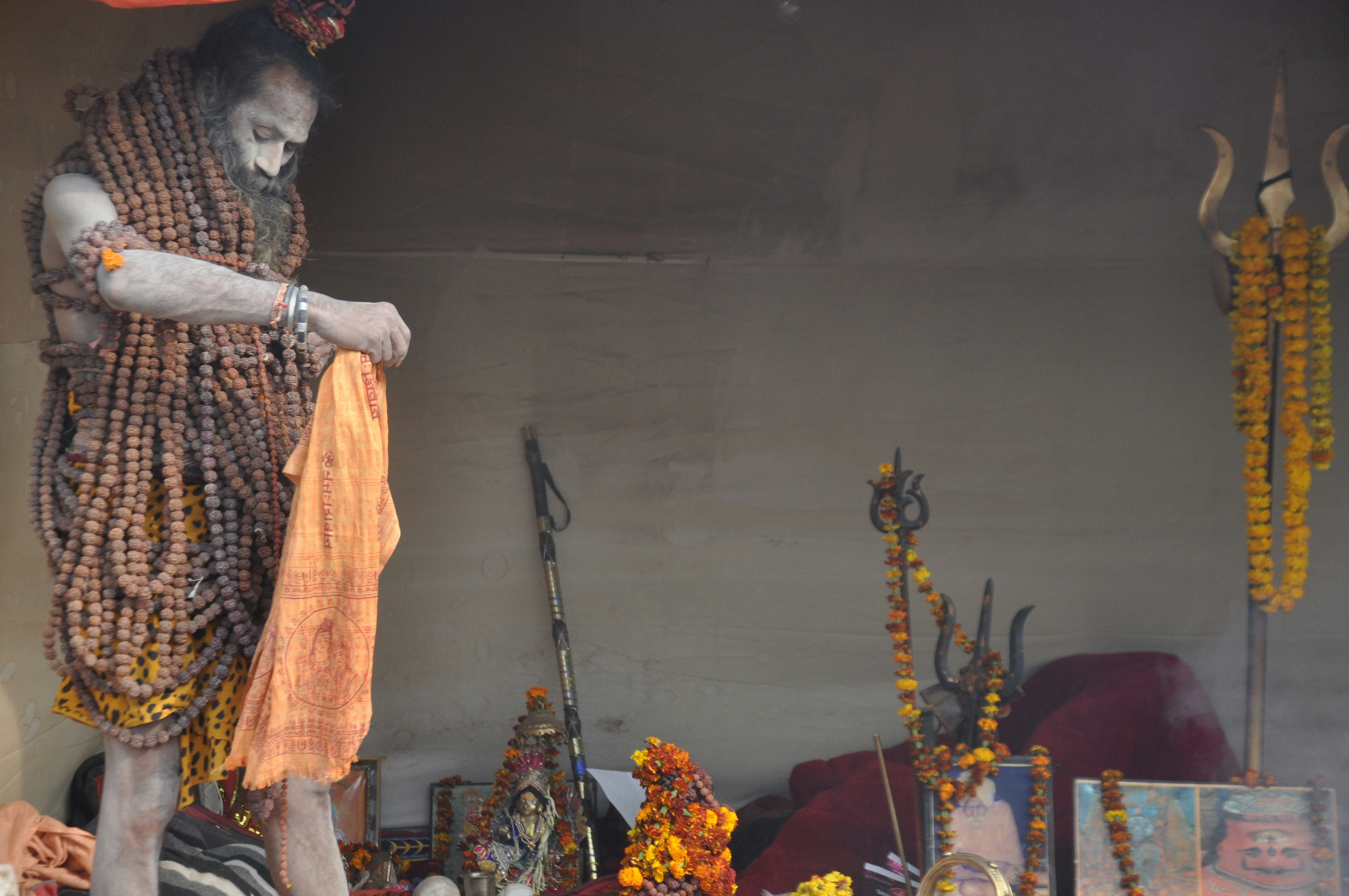Introduction to Jyotirlingas
The concept of Jyotirlingas holds a significant place in Hinduism, symbolizing the divine presence of Lord Shiva. According to ancient scriptures, Jyotirlingas are considered to be energetic manifestations of Shiva, representing the all-pervading essence of the deity. The term “Jyotirlinga” is derived from two Sanskrit words: “jyoti,” meaning light, and “linga,” representing the cosmic pillar of Shiva. There are twelve sacred Jyotirlingas situated across various regions of India, each holding its unique historical and spiritual importance.
In Hindu mythology, these shrines are revered as portals for divine communion, allowing devotees to connect with Shiva’s celestial energy. The significance of visiting a Jyotirlinga is deeply rooted in the belief that doing so can confer spiritual cleansing, depicting an offering of devotion to one of the principal deities in the Hindu pantheon. Each Jyotirlinga is often associated with different myths and legends, each narrating the profound impact of Shiva’s presence on Earth.
The act of pilgrimage to the Twelve Jyotirlingas, known as “Jyotirlinga Yatra,” is accompanied by immense devotion and is considered a sacred journey for thousands of pilgrims every year. This journey not only serves as a means to strengthen one’s faith but also holds cultural importance as it enhances the connection between the individuals and the divine. As devotees traverse these locations, they partake in various rituals and rites that have been followed for centuries, reinforcing the spiritual significance of these shrines.
Overall, the Jyotirlingas stand as a testament to the inexhaustible devotion towards Lord Shiva and the richness of Hindu tradition. For many, visiting these sacred sites forms an integral part of their spiritual journey and is seen as a step towards attaining spiritual enlightenment.
List of the Twelve Jyotirlingas
The Twelve Jyotirlingas hold a significant place in Hindu belief, representing the sacred manifestations of Lord Shiva. Each Jyotirlinga is not only a pilgrimage destination but also a center of rich cultural and historical heritage. Below is a comprehensive list of these revered shrines, along with their respective locations and relevance in Hindu spirituality.
1. Somnath – Located in Gujarat, this shrine is one of the most revered Jyotirlingas, with the first recorded temple dating back to ancient times. It signifies the eternal cycle of creation and is said to have been demolished and rebuilt several times throughout history.
2. Mallikarjuna – Situated in Andhra Pradesh, this Jyotirlinga is dedicated to Lord Shiva and his divine consort Parvati, showcasing their adoration and respect for one another. The temple here is known for its architectural splendor.
3. Mahakaleshwar – Found in Ujjain, Madhya Pradesh, this Jyotirlinga is unique as it is believed to be a swayambhu (self-manifested) form. The city of Ujjain is a pivotal center for Hindu rituals and festivals.
4. Omkareshwar – Located on an island in the Mandhata River, Omkareshwar in Madhya Pradesh is esteemed for its natural beauty and spiritual significance, symbolizing the sacred sound ‘OM.’
5. Kedarnath – Perched in the Himalayas, Kedarnath in Uttarakhand is famed as one of the Char Dham pilgrimage sites, drawing innumerable devotees. The temple is steeped in legend and serves as an important pilgrimage center.
6. Badrinath – Also in Uttarakhand, this Jyotirlinga is part of the Char Dham and is renowned for its breathtaking landscape and the sanctity of the Badrinath temple, which is dedicated to Lord Vishnu.
7. Bhimashankar – Located in Maharashtra, this Jyotirlinga is embraced by lush forests and is known for its wildlife sanctuary, attracting both pilgrims and nature enthusiasts alike.
8. Kashi Vishwanath – In Varanasi, Uttar Pradesh, this Jyotirlinga is closely associated with the cultural and spiritual fabric of India, highlighting the significance of Kashi (Varanasi) as a sacred city for Hindus.
9. Trimbakeswer – Near Nashik in Maharashtra, this Jyotirlinga is revered as a powerful sacred site, with the surrounding area rich in natural beauty and historical importance.
10. Vaidyanath – Situated in both Jharkhand and Maharashtra, this Jyotirlinga symbolizes physical and spiritual healing, and it has several legends associated with its sacredness.
11. Nageshwar – Located in Dwarka, Gujarat, this Jyotirlinga is noted for its connection with the mythology surrounding the ancient city and its vibrant cultural practices.
12. Ramanathaswamy – Found in Rameswaram, Tamil Nadu, this Jyotirlinga is key to many pilgrims, especially during the Kumbh Mela, and it serves as a junction between the northern and southern religious practices in Hinduism.
Traditionally, these Jyotirlingas are visited in a specific order during pilgrimages, reflecting a deeply ingrained cultural practice aimed at enhancing spiritual experience and devotion.
Map and Traveling Guide to the Twelve Jyotirlingas
The Twelve Jyotirlingas are revered shrines dedicated to Lord Shiva, scattered across various regions of India. A map highlighting the locations of these significant spiritual sites aids pilgrims and travelers in planning their visits efficiently. Each Jyotirlinga is located in a distinct place, and understanding their geographic distribution is beneficial for those embarking on this spiritual journey.
Starting from the western coast, Somnath in Gujarat is the first Jyotirlinga, followed by Nageshwar, located nearby in Dwarka. Notably, the distance between Somnath and Nageshwar is approximately 250 kilometers, which can be covered in about five hours by road. Traveling in this region typically involves well-defined routes, and the state is equipped with good connectivity that facilitates easy access to these sacred sites.
Moving eastward, we can locate the Jyotirlingas in Madhya Pradesh, namely, Mahakaleshwar in Ujjain and Omkareshwar. The journey between these two sites is around 120 kilometers, making it an ideal short trip for travelers. For those planning to visit all twelve Jyotirlingas, understanding the distances between each can optimize time spent on the road and enhance the overall pilgrimage experience.
Accommodations near these sacred places vary from budget to luxury options, catering to different traveler preferences. In Somnath, for instance, numerous hotels and guesthouses are available offering convenient stays for pilgrims. Moreover, it is recommended to book accommodations in advance, especially during peak pilgrimage seasons, to avoid last-minute inconveniences.
In addition to planning the route and hotel stays, travelers are encouraged to check local transport options and road conditions prior to embarking on their journey. Overall, a thorough understanding of the map and travel logistics will significantly enhance the experience of visiting the Twelve Jyotirlingas.
The Five Main Jyotirlingas
The concept of Jyotirlingas is of profound importance in Hinduism, representing the sacred places where Lord Shiva is worshipped in his elemental form of light or ‘jyoti’. Among the twelve Jyotirlingas scattered across India, five hold particular significance, recognized for their unique attributes and cultural relevance.
The first of these is Somnath, located in Gujarat. Devotees believe that this was the first Jyotirlinga, symbolizing the cycle of creation, preservation, and destruction. Somnath is not only significant due to its religious importance but also for its rich historical narrative, having been reconstructed multiple times over the centuries.
The second Jyotirlinga, Mahakaleshwar, is situated in Ujjain, Madhya Pradesh. This temple is unique as it represents Lord Shiva in the form of a Swayambhu (self-manifested). The sanctity of Mahakaleshwar is revered among Shiva devotees, particularly for its associations with astrology and time, with the city being one of the sacred sites during the Kumbh Mela.
Another vital Jyotirlinga is Omkareshwar, also located in Madhya Pradesh. Nestled on an island in the Mandhata Hills, this site is revered not only for its spiritual significance but also for its scenic beauty. Omkareshwar symbolizes the divine sound ‘OM’ and attracts countless pilgrims seeking blessings and cosmic peace.
In Maharashtra, the Mahabaleshwar Jyotirlinga is a site of immense importance. It is customary for devotees to visit this temple, particularly during festivals, cementing its status as a centerpiece of worship. The historic architecture of the temple adds to its grandeur and reverence within Hindu culture.
Lastly, Kedarnath, located in the Indian Himalayas, is considered one of the holiest sites. This Jyotirlinga is particularly revered among the followers of Shiva due to its picturesque settings and the arduous pilgrimage that many undertake to reach this sacred abode. The spiritual essence of Kedarnath has made it a vital aspect of Hindu rituals, emphasizing the connection between nature and divinity.
These five Jyotirlingas—Somnath, Mahakaleshwar, Omkareshwar, Mahabaleshwar, and Kedarnath—are not just places of worship; they are significant symbols of faith and spirituality in Hindu culture, providing devotees a deeper connection to their beliefs and traditions.















Leave a Reply